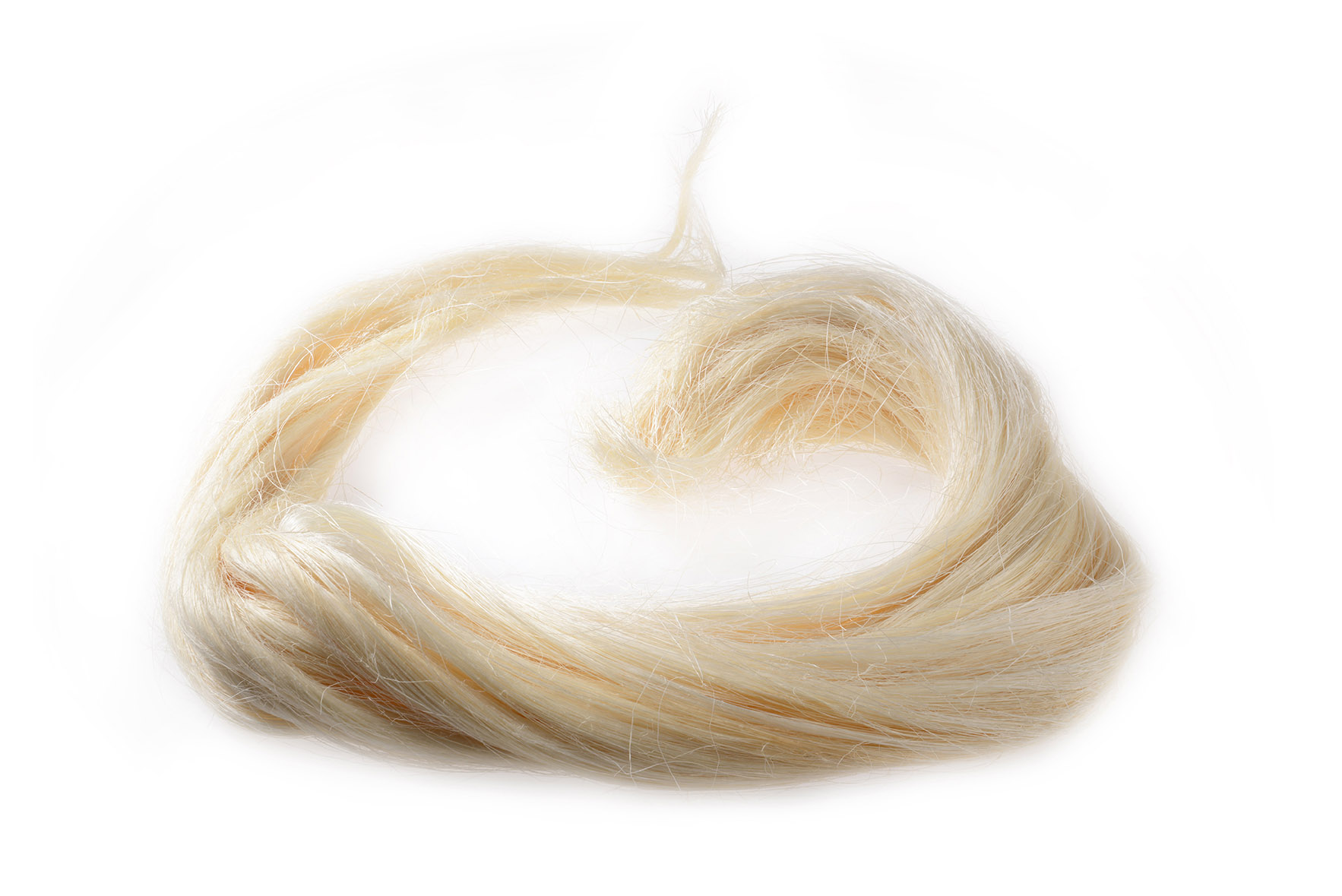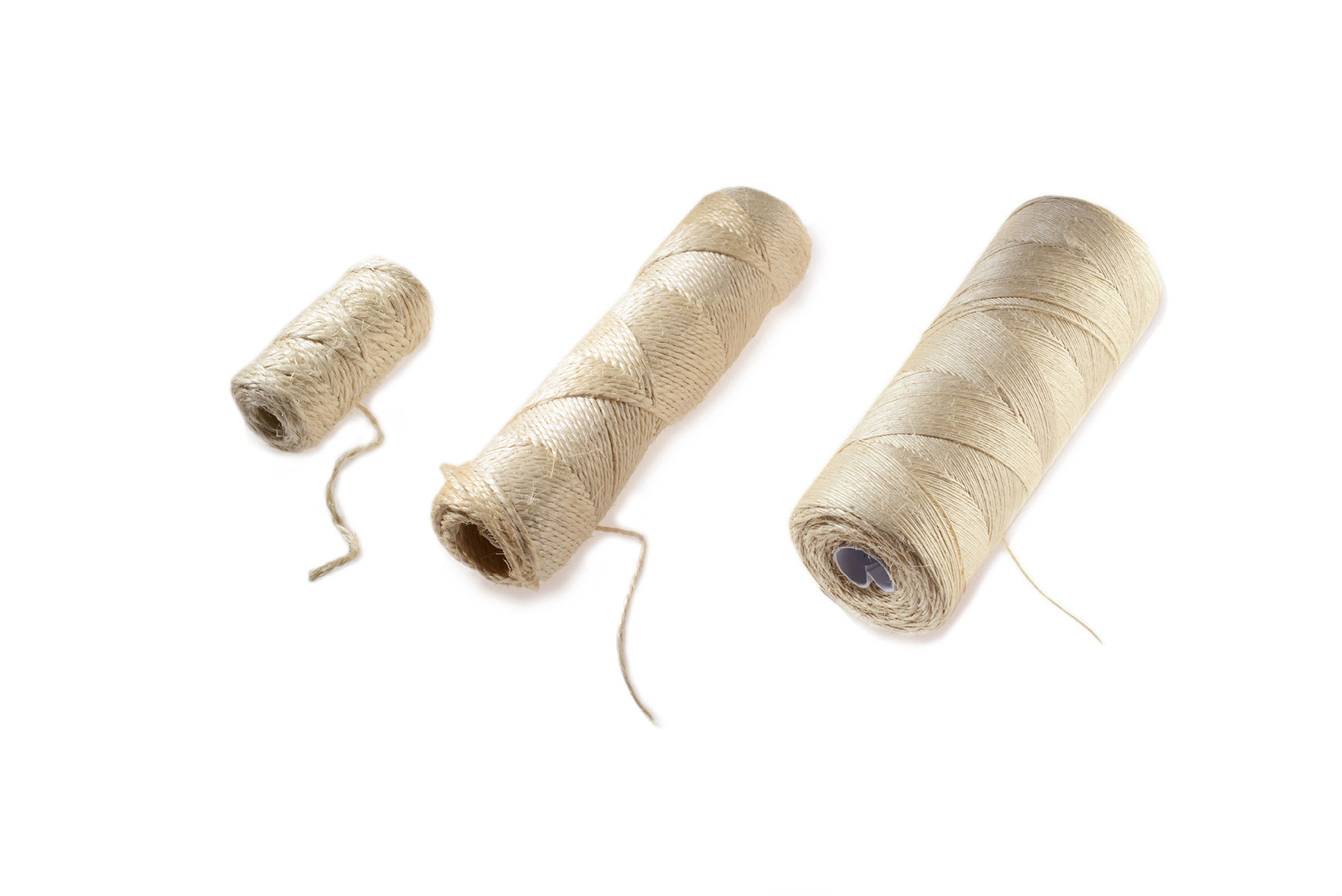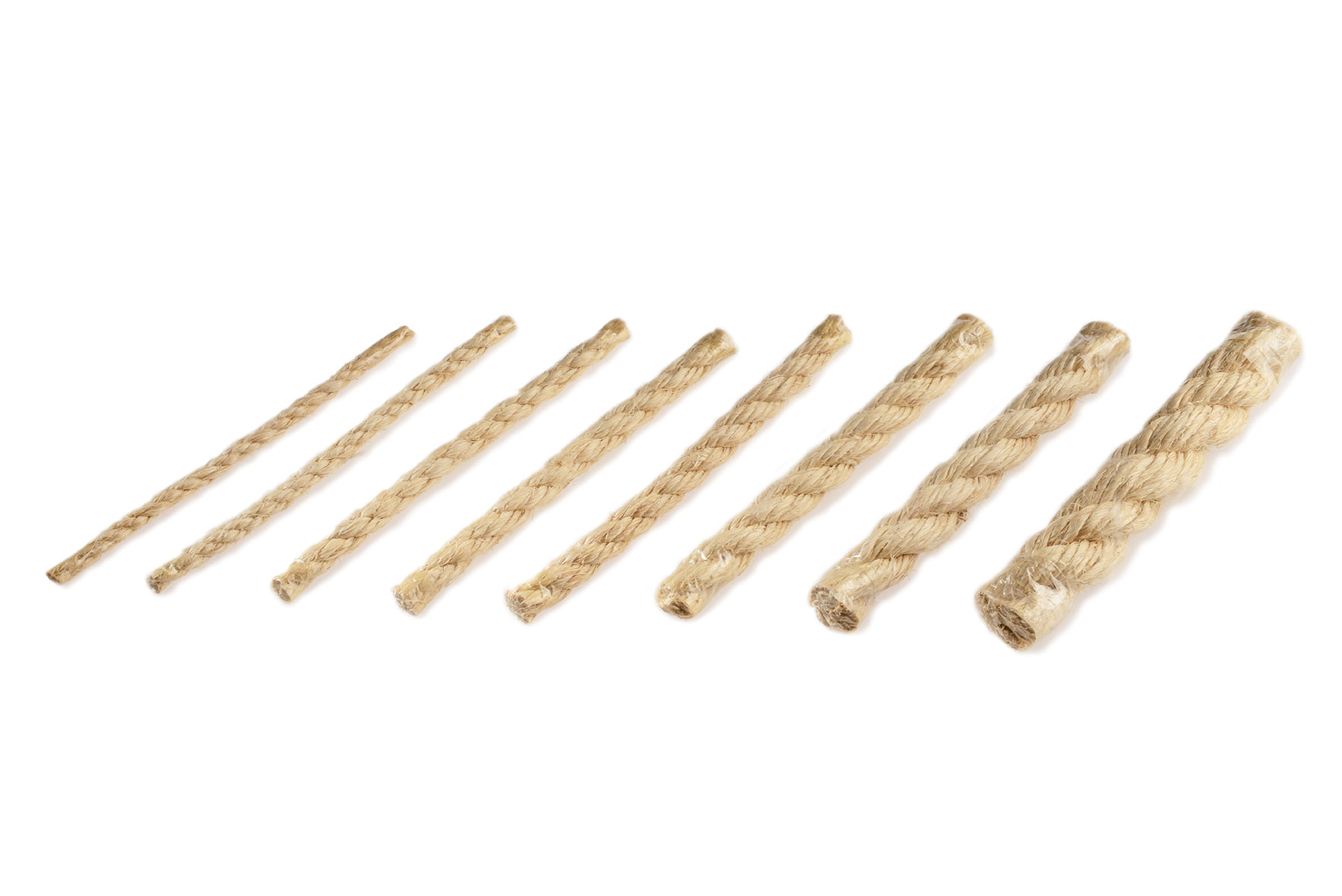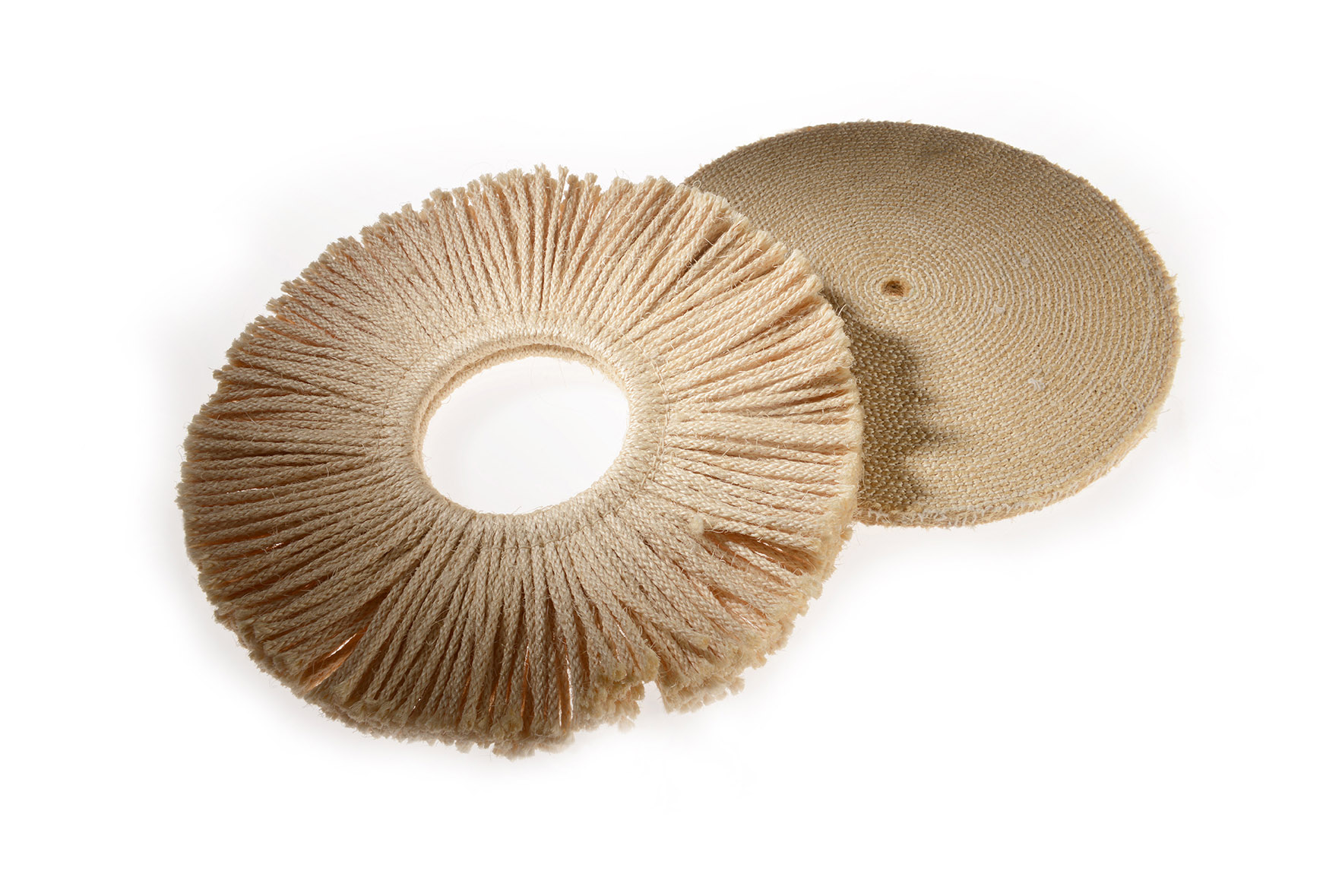Fibres from the leaves of certain agaves are referred to as sisal, particularly those from the sisal agave (Agave sisalana). The fibres are approx. 1 m in length with a diameter of 0.2–0.4 mm. The fibre separation (separation of the fibre from the leaf tissue), is carried out with a machine. The use of water to extract the fibres from the leaf is an essential factor for the quality and ultimately also for the intended use of the fibres. Fibres from the agave sisalana are characterised by their very high tensile strength and their surface structure makes them suitable for many different applications.
Sisal is a relatively recent natural fibre; it was first used towards the end of the 19th Century and flourished in the early 20th Century. Sisal plants are preferably cultivated in tropical and subtropical climate zones, which tend to have a consistently hot climate all year round. Originally a native of Mexico, nowadays the main producing countries are Brazil, Kenya, Tanzania, China, Madagascar and Mozambique. Only the original plant – Agave sisalana – is cultivated in Brazil. In East Africa and Madagascar, the vast majority are hybrid plants.

SISAL FIBRE
Sisal fibres are traditionally used in spinning mills for the production of yarns. The sisal fibres used are from Brazil or East Africa/Madagascar depending on the end product. During the last few years, sisal fibres have also been increasingly employed in the paper industry since pulp from sisal has a far higher tear resistance than pulp from wood cellulose. What is more, the pulp from sisal fibre is highly porous. It is due to both these properties that pulp from sisal fibres is the preferred choice in the production of filter and capacitor paper. Paper from sisal pulp (in combination with wood cellulose) is applied in the tobacco and food industry as well. Likewise, the automotive industry increasingly relies on the use of so-called composites, which contain natural fibres.
SISAL YARNS
Sisal yarns are used in industry (carpet, polishing fabrics, roping, steel cables, and packaging) as well as in tree nurseries and in agriculture (harvest baling twines). Sisal yarns are available in different specifications (coarse and/or fine yarns). Spool weight and dimensions of the spools may vary, depending on the customer’s wishes.

SISAL CORDAGE
Sisal ropes are employed in the cable and wire rope industry. In this area of application, natural fibre cordage functions as so-called cable cores. When lubricated and/or greased, the natural fibre, owing to its hygroscopic property, automatically lubricates the steel cable (e.g. in lifts). Sisal ropes also find use in agriculture, tree nurseries, shipping and the fishing industry. Sisal ropes are available in various qualities and dimensions.

SISAL FABRIC
Sisal fabric is applied in the polishing industry for the production of polishing discs. The purpose of these discs is for pre-polishing and polishing surfaces (metal, aluminium etc.). Sisal fabric is available in a variety of grammages (per m2). Combinations of finer or coarser yarns and their combinations (thickness), depending on the wishes of the customer can also be supplied.

SISAL FLEECE
Needle felt made from sisal fibres is used as linings for mattresses and is also available in different grammages and dimensions.